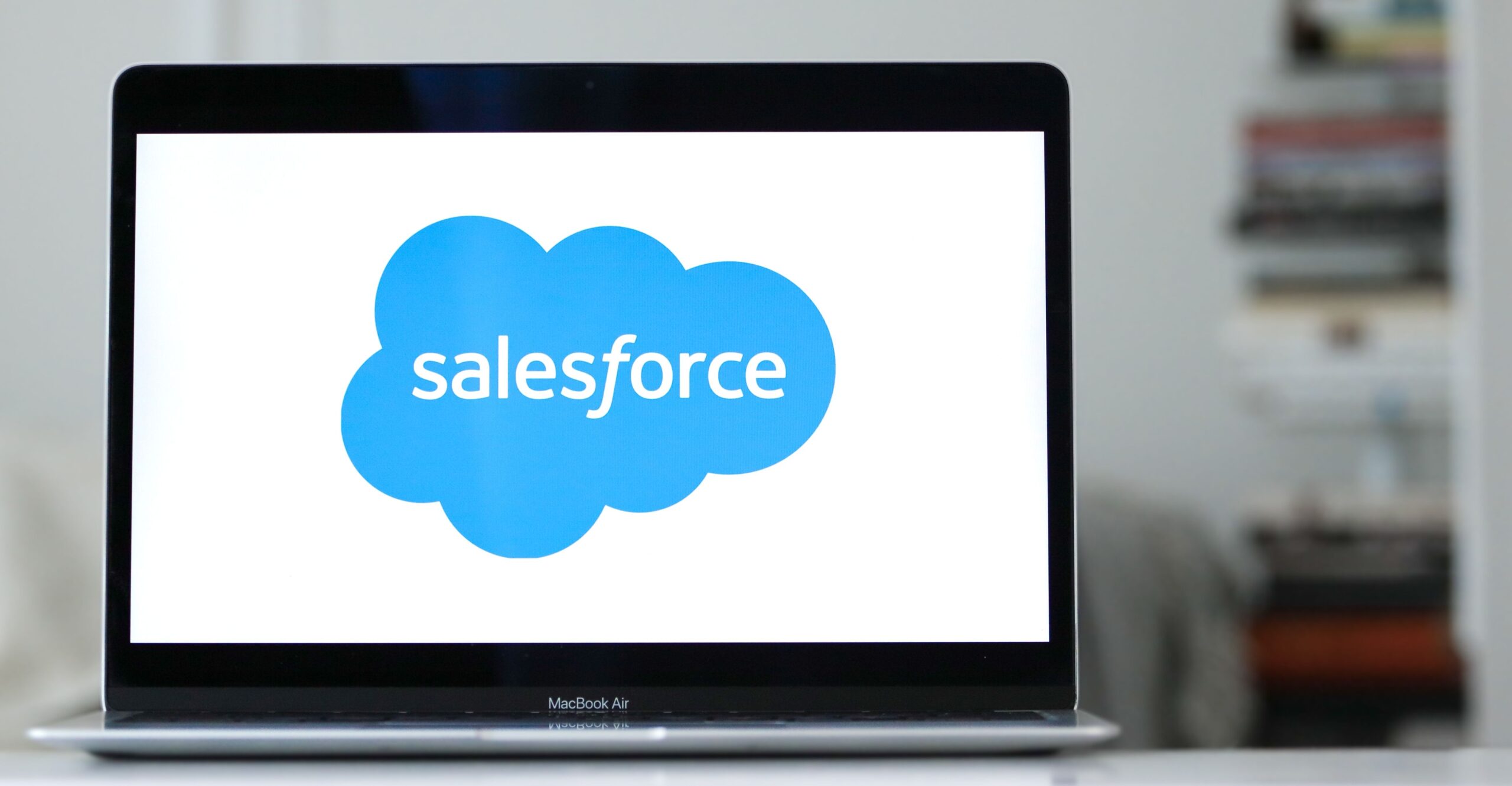
Four Benefits of Shifting from QA to QE

It can be tough to keep up with all of the changes in technology these days. Just when you feel like you’re ahead of the innovation game and release an application that you’re convinced is market-changing, something bigger and better comes up right behind you. Who can forget the buzz Fitbit created when it entered in the fitness tracking market. With its sleek design, multiple tracking settings, customizable watch faces, and cross-platform compatibility it became a must-have for all fitness enthusiasts. However, when Apple launched their Apple Watch, it became the best smartwatch on the market overnight with its robust app ecosystem and replaced Fitbit as the market leader. In addition to the most fitness tracking activities, the Apple Watch allowed users to make calls from their watch and onboard GPS. It also provided lots of workout options, native Apple Music streaming and Siri support. Exciting ideas and new innovation simply aren’t enough today if you don’t have complete vision and the ability to make that vision an immediate reality. This means organizations need faster cycle times and best-in-class user experiences to stay ahead.
Quality Assurance (QA) teams have typically owned responsibility for making sure that applications are customer-ready. Unfortunately, shrinking cycle times and increasing customer expectations make this task more difficult by the day. To overcome these obstacles and take the pressure off QA teams, many enterprises are turning to Quality Engineering (QE). Whereas QA Engineering is a reactive approach that fixes and prevents mistakes and defects in a product, QE is a proactive, integrated approach that drives the development of high-quality products from start-to-finish. By focusing on cross-functional teams, air-tight automated processes, and re-usable test frameworks, QE teams can navigate the rapidly evolving technology landscape with faster cycle times and user-ready products.
The results of QE teams are plentiful, and if you’re questioning whether your organization should invest the time and resources to make this shift, here are four major benefits that make it worth the effort:
1. Application defects can be detected earlier in the product lifecycle. Rather than waiting until just days before, or even worse, days after a market launch to identify errors in an application, a proactive, QE enables you to detect them early in the process and prioritize the testing of high-risk assets, making them easier, faster, and less expensive to correct.
2. Increased automation. Shifting from manual intervention to automation reduces regression and smoke test cycles, and enables parallel testing for faster time-to-market and improved user experience.
3. New applications and services get to market faster. Customers expect new products and updates on a regular basis. By reducing cycle times and getting to market faster, your organization can improve customer satisfaction and gain an edge on the competition.
4. Efficient use of testing resources. Shifting to a QE approach increases testing productivity, and reduces the total cost of ownership. It also focuses attention on areas of the testing and development processes that are critical but often overlooked.
If QE sounds like the right approach, Apexon can help you get started – and navigate a smooth transition from QA to QE. Submit the form below to talk to us.







